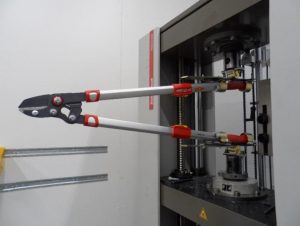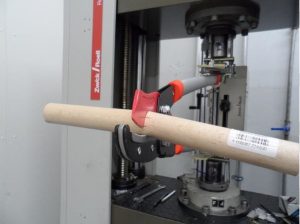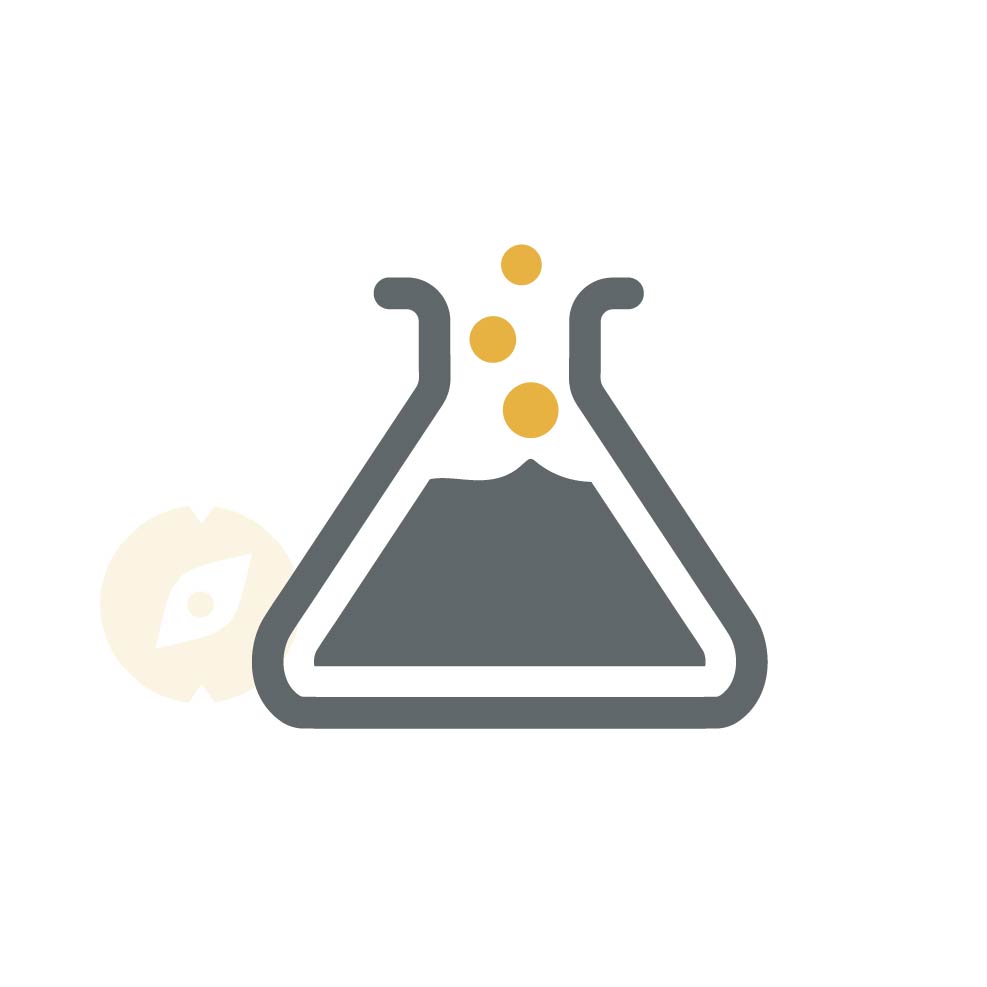In many cases we examine products using lab analyses. Our set of standard lab analyses include
- Organic qualitative analysis
- Inorganic qualitative testing
- Experimental set-up for performance testing
- Sensoric qualitative analyses
Valid results through scientific lab testing
Using organic qualitative analyses we determine natural substances, compounds and contaminants. The analytical set-up and the instruments used depend on the questions to be answered. There is no uniform, standard solution.
Using inorganic qualitative analyses we determine constituents. Normally, in our lab analyses we pay special attention to harmful elements, like carcinogenic substances like plasticizers (PCB).
In order to compare products, experimental set-ups are extremely valuable. Using all products (samples) in the same set-up, we can scientifically compare the performance of products with each other. Together with our laboratory partners we design experimental set-ups for each product category we examine. Set-ups differ strongly between different product categories.
Typical set-ups aim at understanding the maximum stress a product (and its forming material) can stand, in the form of force, heat, moisture, electrical power etc.
Mechanical load testing allows the simulation of long-term usage and proves the usability of products over time.
Many Applications
The following images show an experimental set-up to test pruning shears.



If taste is a criteria, as very often in food testing, we use sensoric qualitative analyses. Well-trained testers taste different products following a strict process. Before tasting, all products are white-labelled to avoid other influences on the results.
Sometimes, as an alternative, we use mass-taste-testing through normal consumer panels. The standard sample size for these types of test is 60 consumers.

Whatever analysis is used to generate results, the results finally are aggregated through a scoring model to determine a clear ranking of the products examined.
